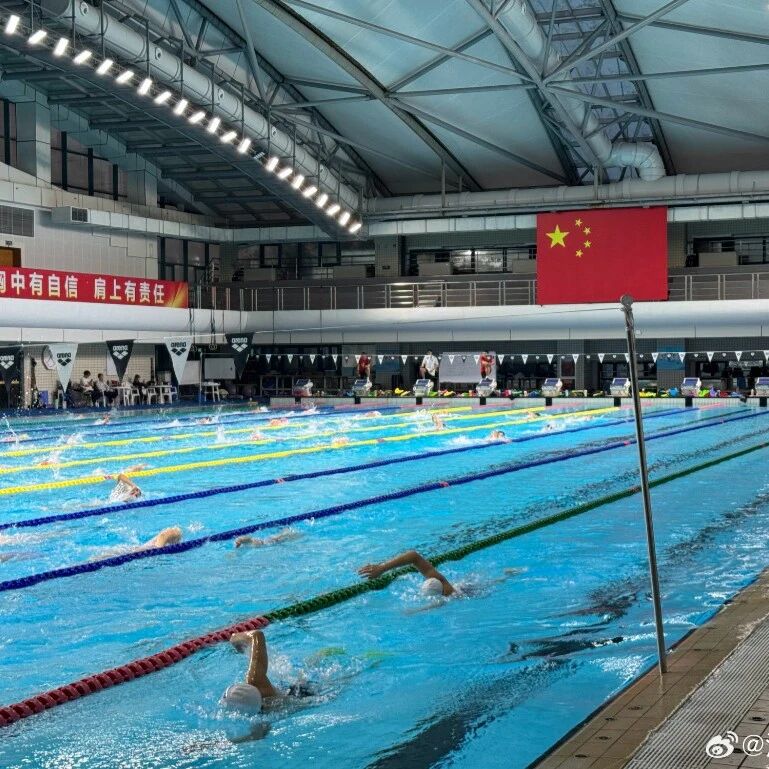The secrets of long-distance breaststroke: 5 key details that determine how far you can swim
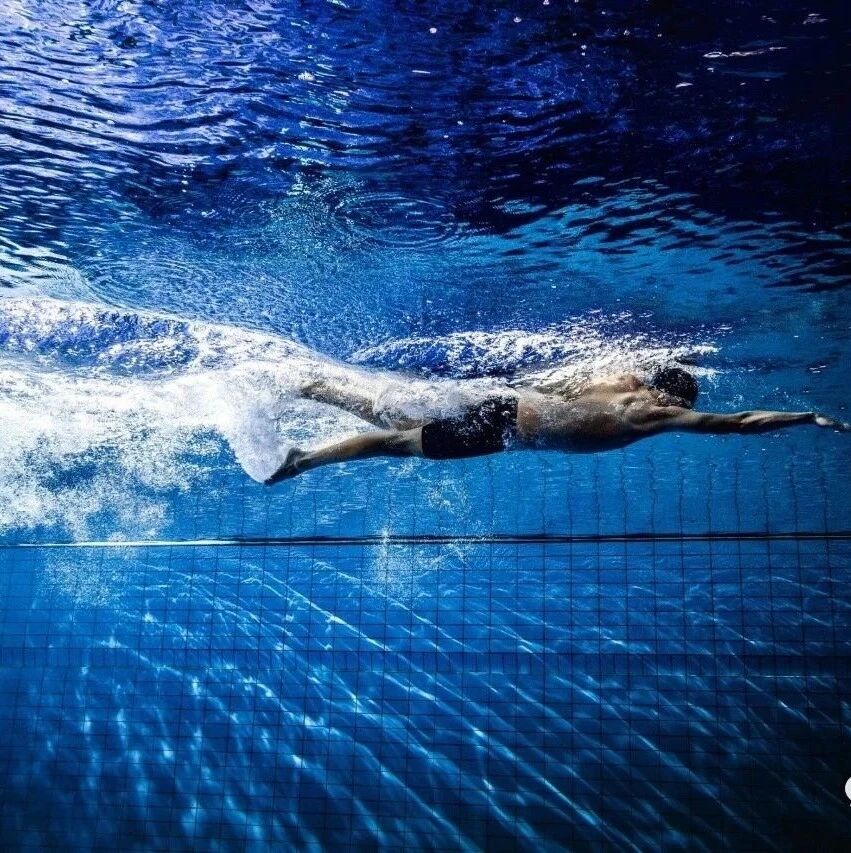
Many swimming enthusiasts can relate to this experience:
When I first jumped into the water for breaststroke, my movements were still pretty standard, and my breathing felt smooth. But after just a few strokes, I started feeling tired—my breath grew rapid, and I even noticed my arms and legs starting to weaken.
So a question pops up in my mind:
Why can others effortlessly swim hundreds or even thousands of meters, while you find yourself gasping for breath after just a short swim?
Let’s talk today about: how to swim breaststroke longer, more steadily, and with less effort.
1️⃣ Physical fitness is fundamental—without it, how can you even talk about long-distance swimming?
First, we must acknowledge one thing:Physical fitness is the foundation.
No matter how skilled you are, without the energy to back you up, you won't be able to keep going.
Swimming is a full-body exercise, requiring simultaneous engagement of the legs, core, and arms—every stroke and every kick demands energy expenditure.
So, if you want to swim longer, you’ll need to build a strong physical foundation in your daily routine.
👉 Recommendation:
- In addition to underwater training, do a bit more.
- Aerobic exercises on land (running, cycling, or skipping rope are all fine);
- Occasionally add some strength training, especially for your core and lower body;
- Develop a regular exercise routine to keep your body in better shape.
2️⃣ Breathe smoothly, or you'll get tired after just one swim.
Have you noticed that when many people swim breaststroke, they’re actually tired not from their arms and legs, but from the sheer "struggle to hold their breath"?
That's just a matter of not having your breathing rhythm properly adjusted.
Breaststroke requires long-distance swimming,Breathing must be done thoroughly.
In other words, it's about finding your own breathing rhythm:
- Don't keep holding your breath—just let it out.Carbon dioxide buildupIt'll only make you want to breathe harder;
- Exhale promptly—only by releasing stale air can you draw in more fresh air!
- Inhale smoothly and decisively—no need to pull so hard that your lungs feel like they might burst; just breathe comfortably.
Once you find the breathing rhythm that works best for you, you’ll notice your endurance instantly improve—and you’ll no longer feel like you’re about to run out of breath after just a couple of strokes.
3️⃣ The more standardized the movement, the less energy is wasted.
One of the reasons many people can't swim for long is that their movements are simply too improper.
Clearly trying to conserve energy, yet the more she swam, the more exhausted she became.
Common incorrect movements include:
The leg-retraction amplitude was too large—so much so that the thighs were pulled all the way in, dramatically increasing water resistance.
- The waist collapses downward, making the whole body feel as if "sitting" in the water—extremely exhausting.
- The stroke was too wide—it ended up swinging all the way behind—and as a result, it wasted energy without even gaining speed.
- The direction of the leg movement is wrong—your effort was all for nothing.
The right approach is to perform the movements as correctly as possible within your own capabilities—there’s no need to strictly mimic competitive breaststroke, but do avoid these "basic mistakes."
4️⃣ Learn to relax—don’t let stress overwhelm you.
Many beginners share a common issue: they get tense as soon as they enter the water, with their muscles tightening up like stone.
So what happened? After burning through a lot of energy, I was already exhausted after just a few strokes.
Learn to relax in moderation.Very important.
Relaxing doesn’t mean moving carelessly—it means exerting force when needed, and letting go when it’s time to relax.
- After finishing the leg kicks, straighten and bring your legs together—don’t keep them tense all the time.
- When gliding, remember to engage your core—but don’t tense up!
- Extend your arms, keep them close to your head, and let yourself glide with the flow—don’t waste energy by pushing against the water.
Breaststroke may seem simple, but it’s actually more complex than freestyle. Arm movements, leg pulls, kicks, and gliding—once the rhythm gets off, the entire stroke falls out of alignment.

Submissions are welcome! Please send your manuscripts to the editorial office of *Swimming* magazine at: [email protected]
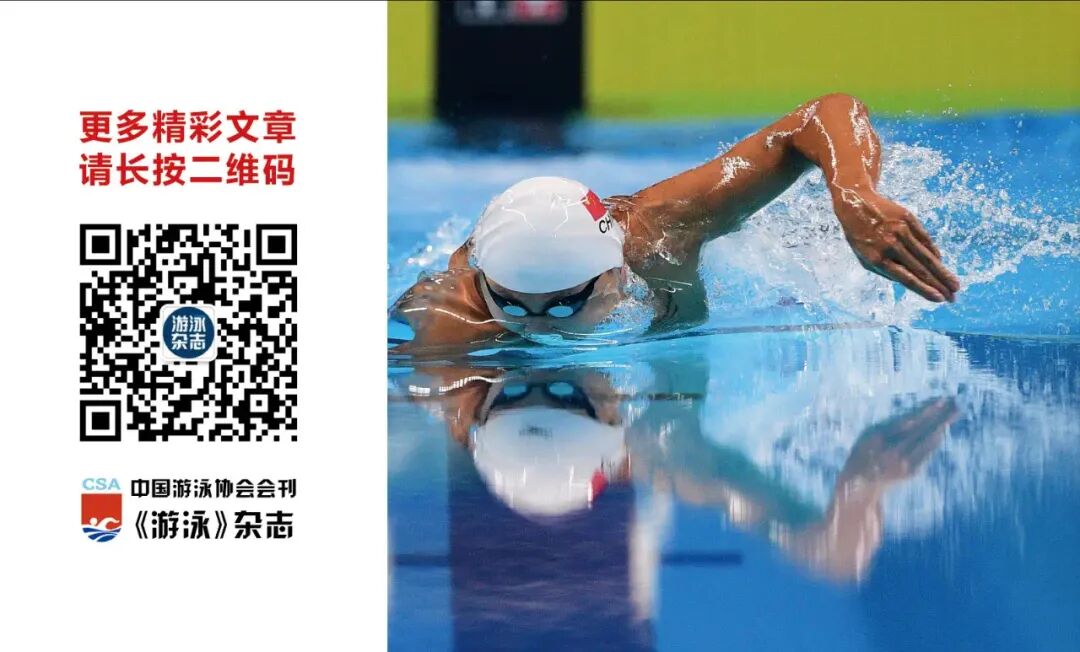
Related Articles
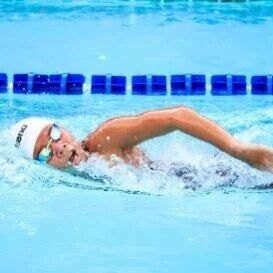
Why is it said that people who stick to swimming rarely need to visit the hospital!
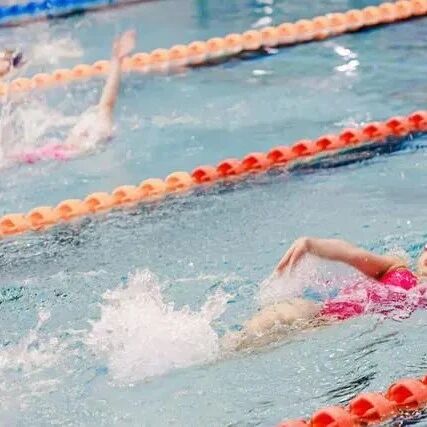
"Rising Stars" Unite! Over 300 Young Second-Graders in Shanghai Compete in the Pool for the "Seedling Cup"
